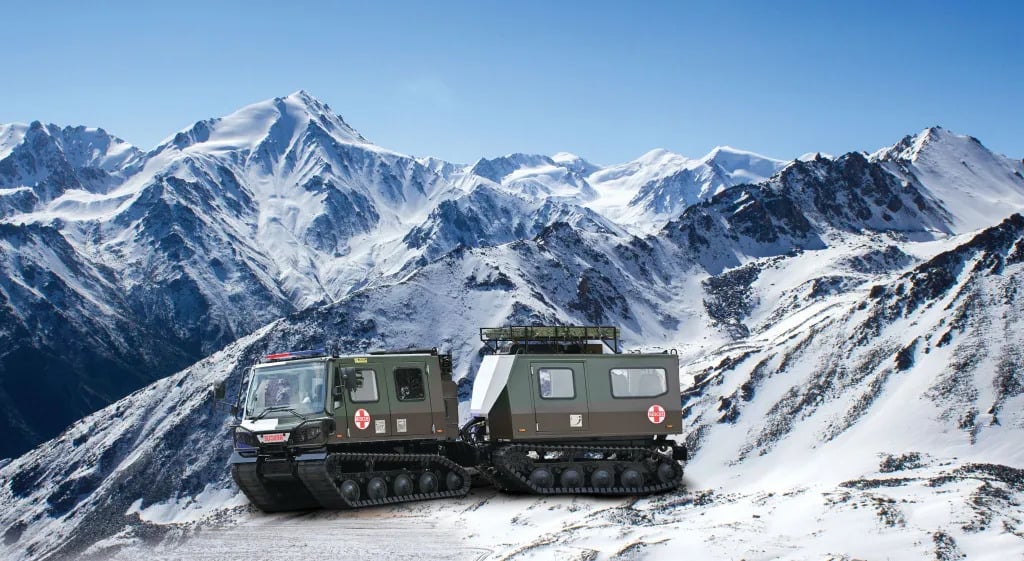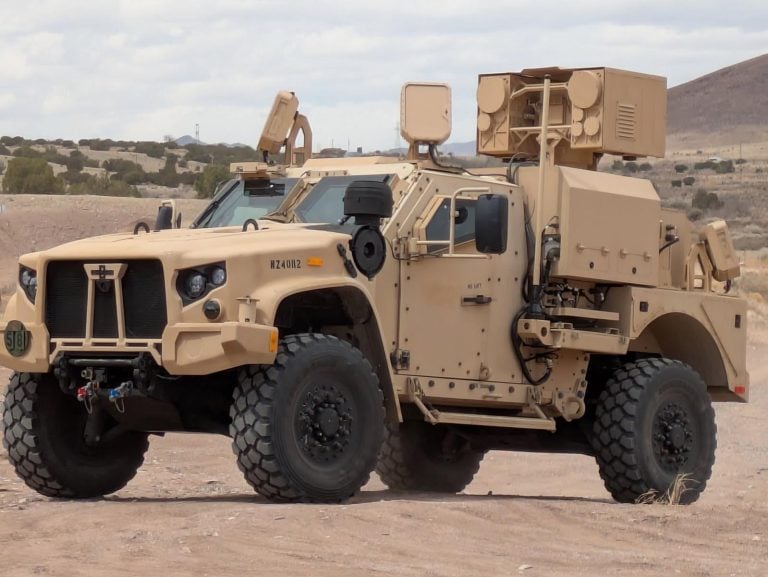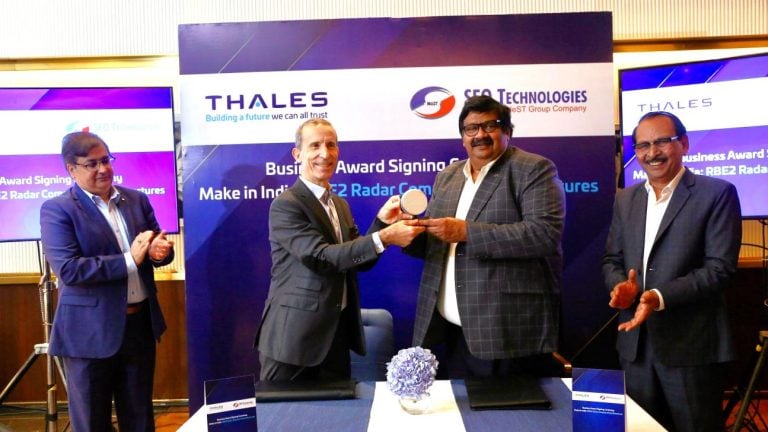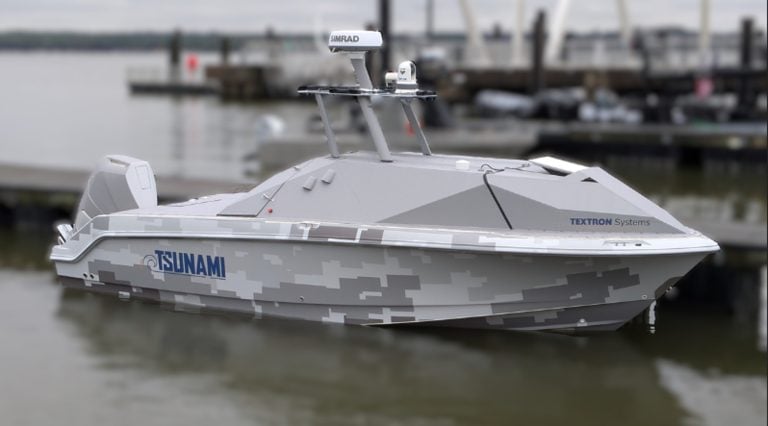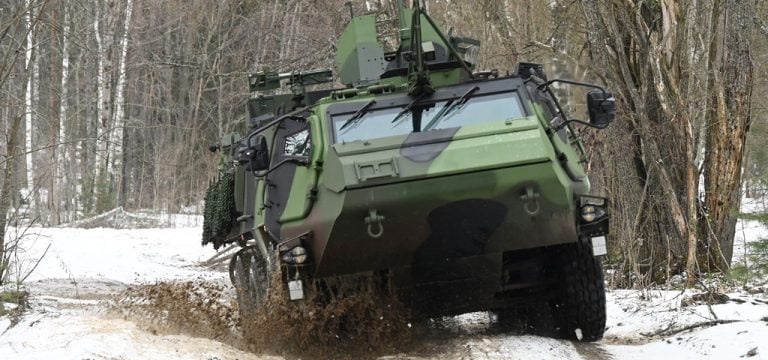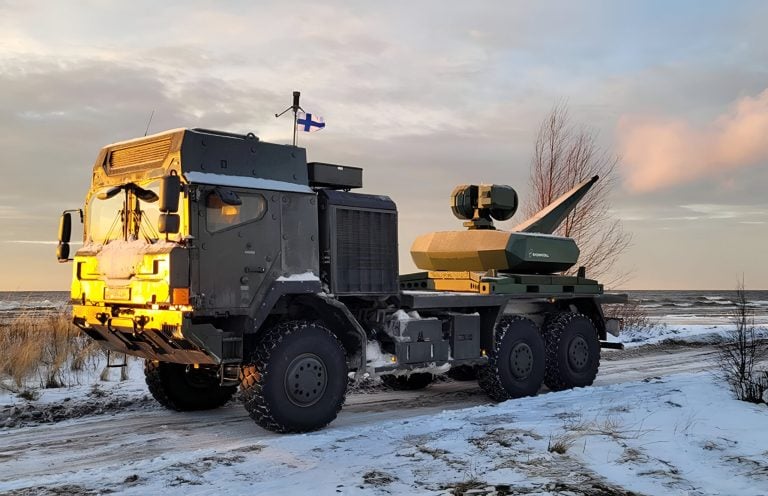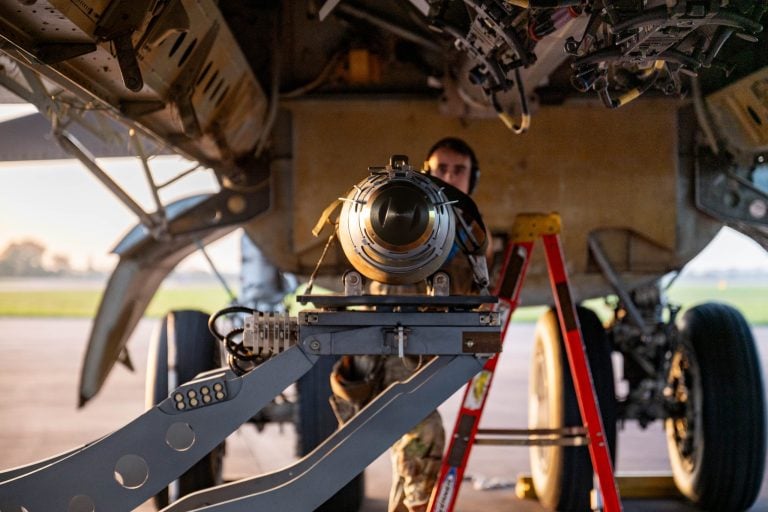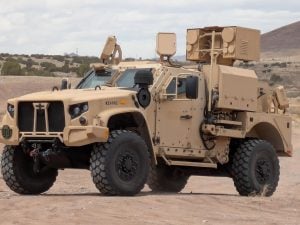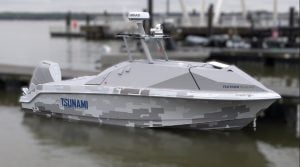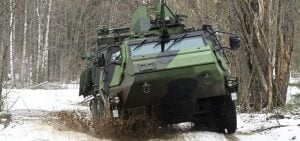In a significant move for Canada’s defense and emergency response capabilities, Roshel has signed an agreement with Singapore’s ST Engineering to manufacture the ExtremV amphibious all-terrain vehicle in Canada. This strategic collaboration is poised to address the needs of the Canadian military through the Domestic Arctic Mobility Enhancement Program, which aims to replace the aging BV206 fleet utilized by military and emergency response teams.
The ExtremV is viewed as a frontrunner to meet the program’s requirements, with a total of 170 vehicles planned across four distinct variants: command post, troop-carrying, cargo and equipment-carrying, and ambulance. These new vehicles are expected to significantly enhance the operational capacity of Canadian forces in Arctic conditions, where existing platforms have proven inadequate. The current reliance on snowmobiles and light all-terrain vehicles highlights the limitations of the BV206, which lacks the necessary amphibious capabilities and environmental protection for crew members, not to mention its insufficient troop and cargo-carrying capacity.
Roshel will spearhead the production of the ExtremV domestically, engaging Canadian-owned businesses for the procurement of essential components. This initiative places a strong emphasis on including indigenous partners, showcasing a commitment to building long-term, locally rooted capabilities particularly tailored for Canada’s North. A spokesperson for Roshel noted that this partnership transcends mere mobility; it represents an effort to create jobs, stimulate Canadian content, and ensure that crucial equipment is developed by those familiar with the operational realities of the region.
The ExtremV offers various advantages over the BV206. Constructed on the Bronco vehicle platform, it is engineered for extreme weather and challenging terrains such as snow, ice, deserts, and water. With a payload capacity of 4,000 kilograms (8,818 pounds)—nearly double that of the BV206—and a maximum gradeability of 45 degrees, the ExtremV presents a marked improvement in performance. Furthermore, it boasts superior speed and range, achieving 60 kilometers (37.28 miles) per hour and a distance capability of 350 kilometers (217 miles), compared to the BV206’s 50 kilometers (31 miles) per hour and 330 kilometers (205 miles) range.
This alliance not only reinforces Canada’s defense infrastructure but also positions the ExtremV as a vital asset for enhancing the military’s operational efficiency in the Arctic, ensuring that it is equipped to meet the challenges posed by the harsh northern environment.
